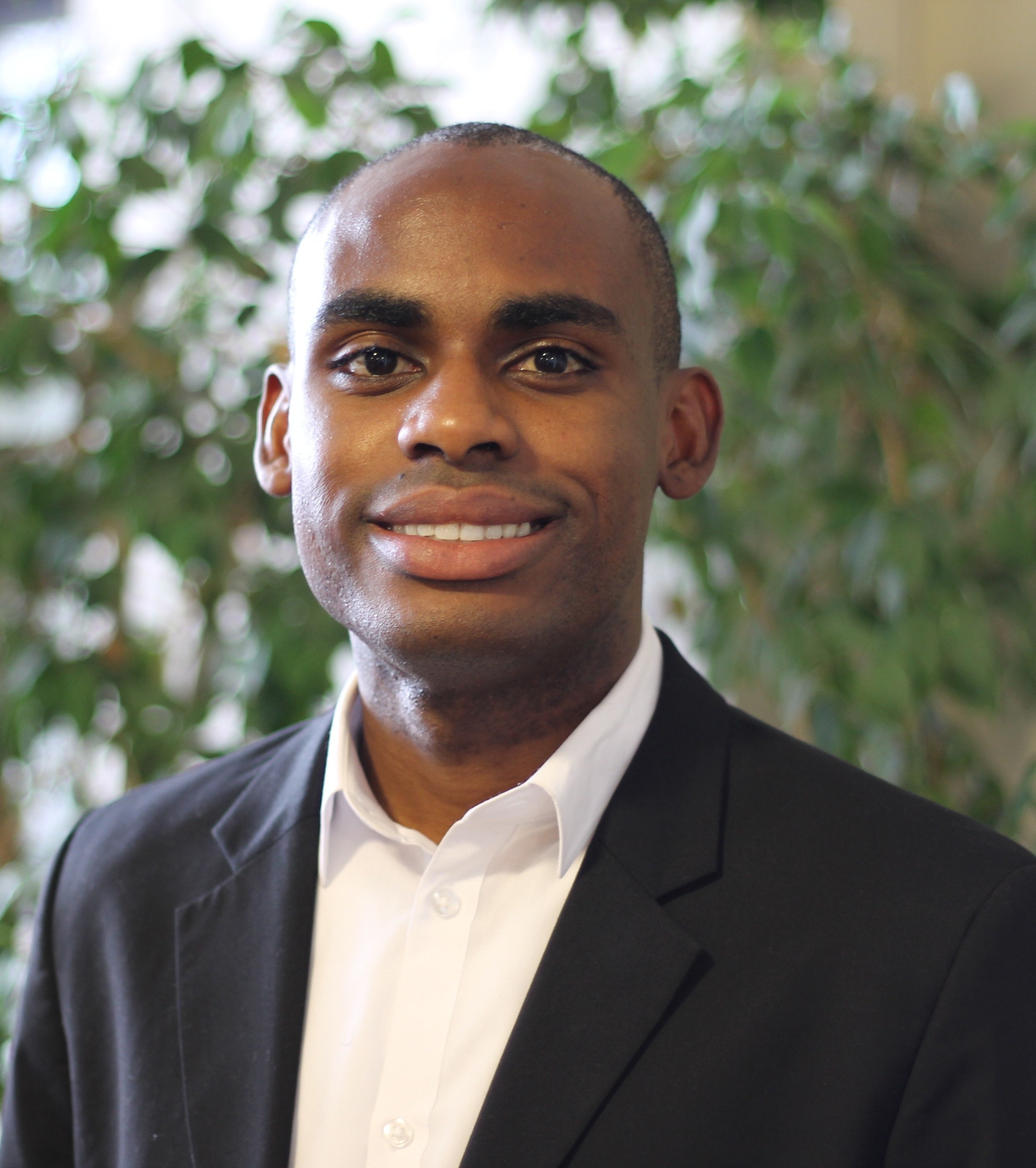Stand up for Science: Practical Approaches to Discussing Science that Matters
Expert Voices Gallery / Lesson 34 of 47
Expert Voice Q&A - Neil Lewis, Jr
0 minutes

Information about Neil Lewis, Jr.
What is your name, title, and role at the University of Michigan?
Neil Lewis, Jr., PhD Candidate in Social Psychology and Interim Director of the Preparation Initiative Program in the Ross School of Business.
Why are your public engagement efforts in education and/or outreach important (to you and/or to the cause you’re working to promote)?
The reason I came to graduate school was to study factors that lead to disparities in educational outcomes, and to work on interventions to address those disparities. There would be little value in doing this work if I did not engage with the public about it.
Neil Lewis, Jr. on Audience
Who do you interact with when working in education and/or outreach? What makes this audience different from other groups that you might interact with?
Teachers, students, youth in museums (particularly the Ann Arbor Hands On Museum), interested adults (often parents of those youth), people on the internet (e.g., Twitter).
These audiences are only really different from my academic colleagues – they care more about the bigger picture and less about the minutia of the discipline.
What suggestions do you have for making interactions with educators, learners, and/or lay-audiences as effective as possible?
For educators, I think it helps to approach the interaction by asking the question “how can I help?” That is, get a sense of what issues they are dealing with to figure out if there is a way to work together that would be mutually beneficial.
For more general audiences, find out what they care about (hint: it’s probably not your specific variable) and tailor the conversation accordingly.
Use everyday language. This does NOT mean talk down to people.
What is the biggest challenge you face when trying to work with educators, learners, and/or lay-audiences? What is the biggest reward?
We often operate on different timescales and that can be challenging for finding common ground. Educators, and policy makers more broadly, want a solution to their problem now. Scientists will have a precise answer in a few years. I think scientists are often reluctant to provide any answer if they do not know the precise answer to the particular question at hand, and that frustrates policy makers. I think it is ok to say “I don’t know. My best guess from what I’ve seen in other data is that X might happen, but we’ll need more data for this particular situation to know for sure.” Even that uncertain response is better than no response. A policy maker once said in a talk – “everyday I have to make decisions. I can either make them with no information (i.e. I go with my gut) or I can go with some information (i.e. an uncertain estimate from an expert); I would rather go with the latter, but if experts won’t talk to me then I go with the former.”
The biggest reward is seeing (relatively) immediate impacts. Papers take years to publish and often even longer to have any impact beyond filling library shelves. When you work with practitioners, you can start seeing impacts very shortly after.
What are you trying to accomplish when you write to or speak with educators, learners, and/or lay-audiences?
I do a bit of both. Sometimes I communicate specific content (e.g. what are some things to think about when teaching racial-ethnic minority students). Other times we discuss process (e.g. If you want to know the answer to this question, you should probably collect data on X, Y, and Z, so that you can track patterns over time and see what influences them).
Neil Lewis, Jr. on Messaging
When you’re planning to interact with educators, learners, and/or lay-audiences, how do you decide what you want to focus on? If a scientist wanted a single idea to “stick” in the mind of an educator, learner, or lay-audience member, what advice would you give them as to how best to shape/pitch that idea?
Whenever I give a talk, regardless of the audience (researchers, practitioners, lay audiences), I ask the same question and build the presentation around the answer: “what are the three points I want people to leave with?” The first slide I write is the conclusion slide, then I work backwards providing all of the information needed to reach those conclusions (no more, no less). What details I focus on in that process depends on the audience – for lay audiences I spend more time on the narrative, making it clear why what I’m talking about matters for their interest, for scientists I spend more time on theory and method.
Neil Lewis, Jr. on Narrative
Do you use stories or narratives as a tool to communicate with educators, learners, and/or lay-audiences? If so, what kinds of narratives?
I don’t use many stories per se, but I do talk about problems I am trying to understand/address (e.g. why is it that racial-ethnic minority students graduate from college at rates so much lower than their White and Asian peers?).
What kinds of documents or presentations are most effective at capturing and maintaining a educators’, learners’, and/or lay-audiences’ attention?
I generally just talk with PowerPoint slides. Very limited text and photos that illustrate the main points.